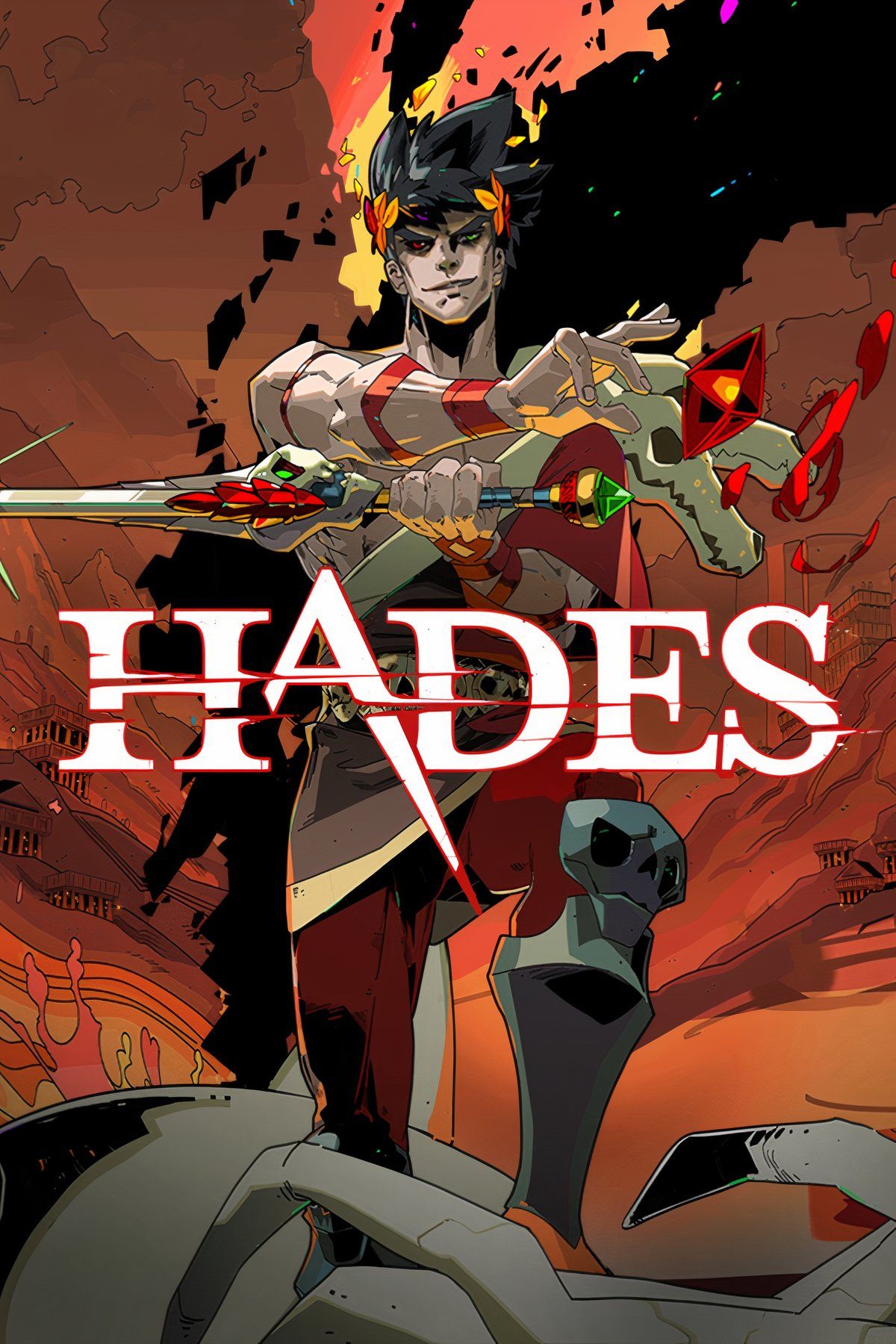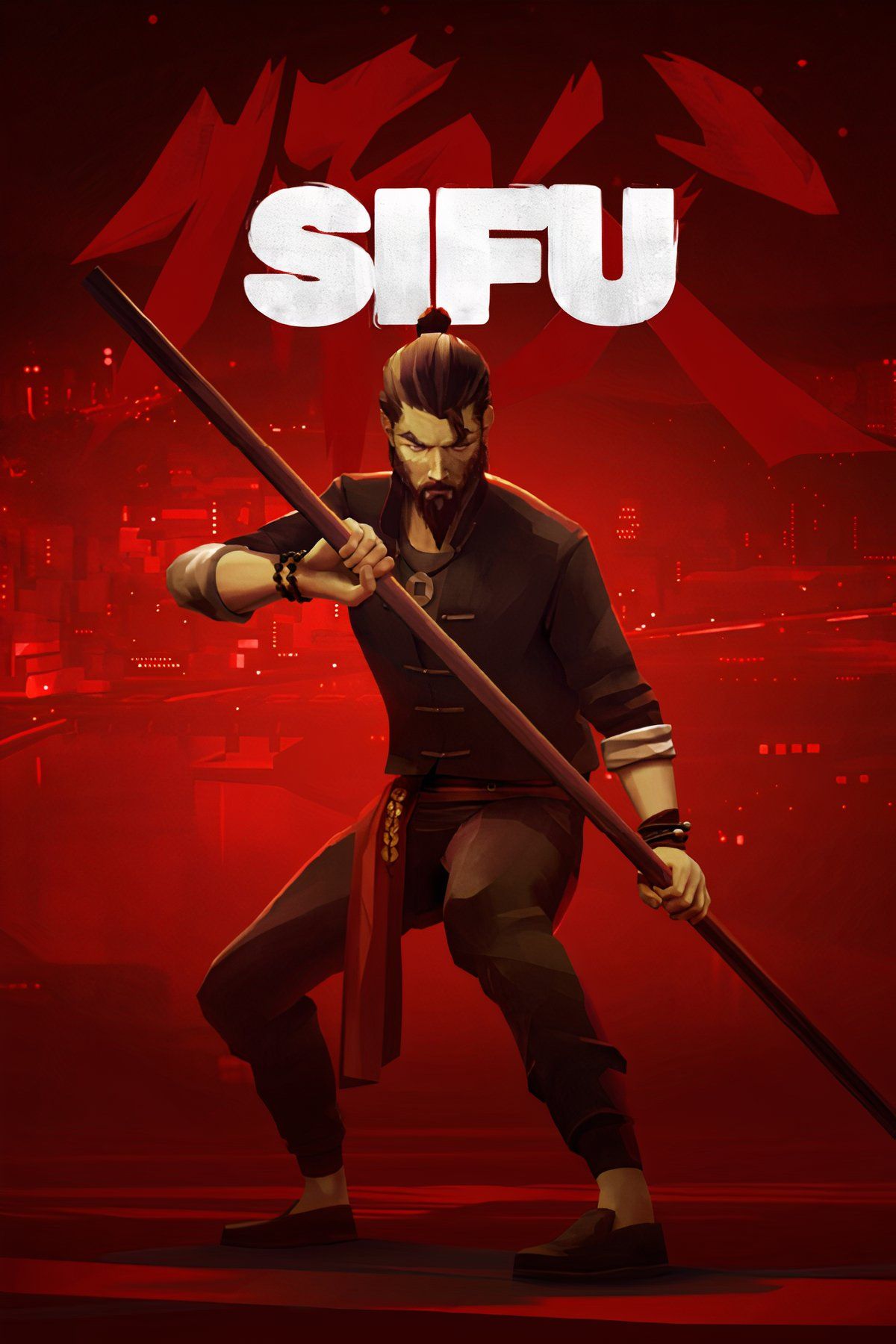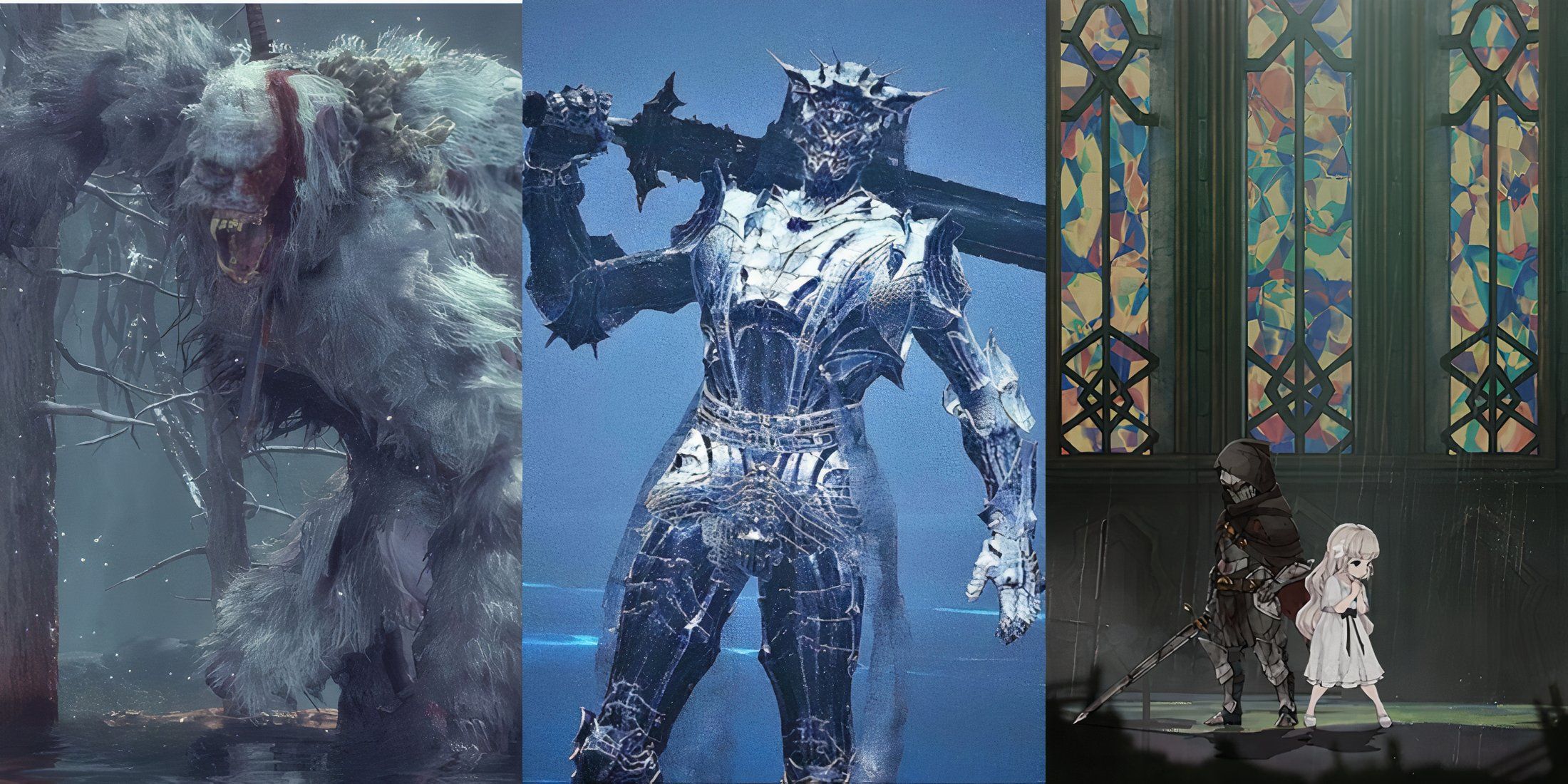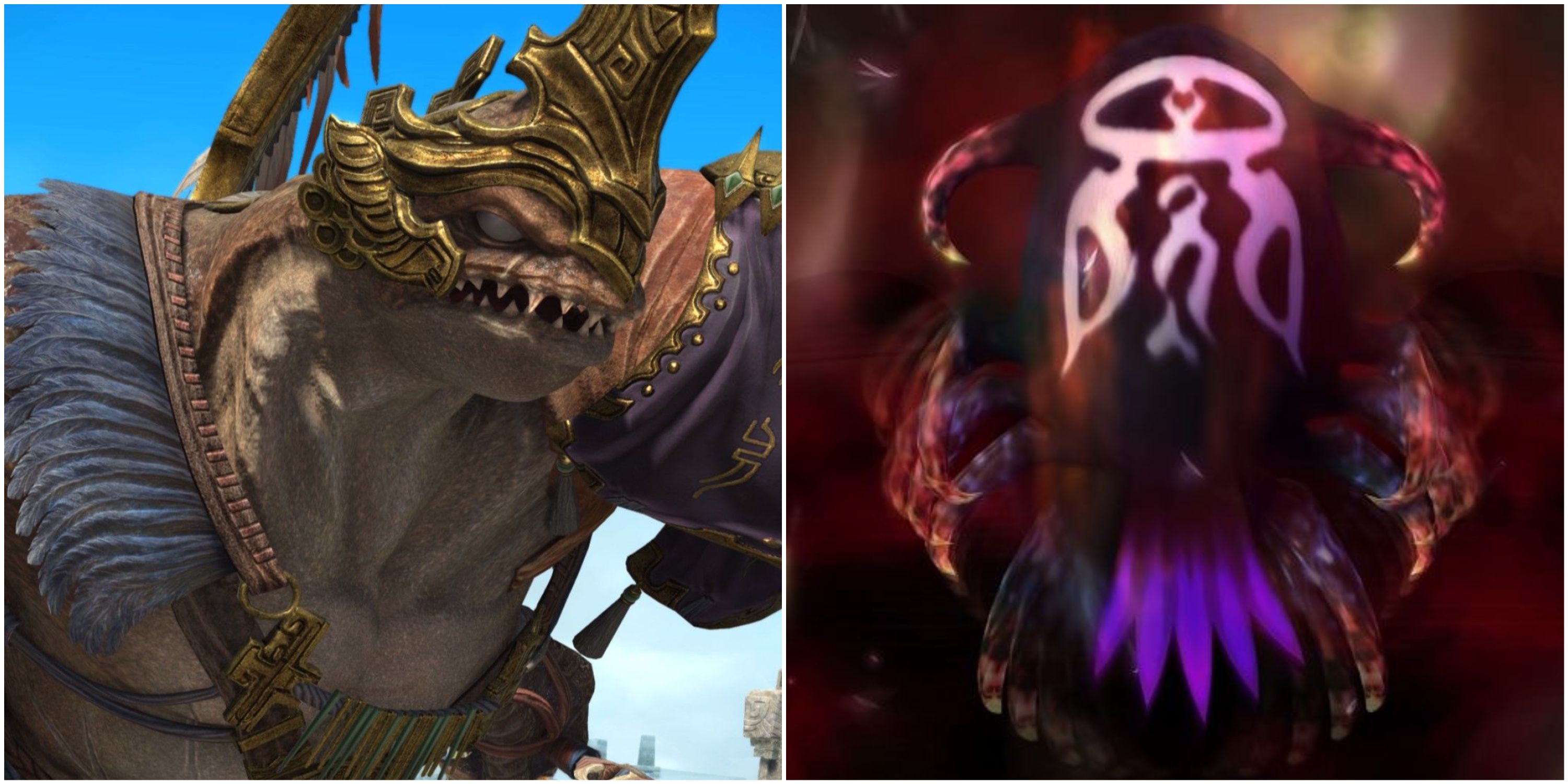Summary
- Final boss fights in video games can be extremely challenging, testing player skills and patience.
- Some final bosses, like Hades and Sans, are exceptionally hard, requiring precise timing and strategy.
- The greatest final bosses, like Isshin from Sekiro, offer a unique and demanding experience that can be both frustrating and rewarding.
The final boss is an essential component of gaming. What was initially an exciting mystery in the retro console days, where players would wonder who or what the final boss would be, is now a mandatory element practically synonymous with rolling credits on a modern video game.
Related
7 Best Open-World Games That Focus On Boss Fights, Ranked
These open-world titles feature some of the most challenging, frequent, and unique boss encounters against formidable foes.
While the expectation for a final boss is that it will test all the skills players have learned through the game, that’s not always the case in practice. Sometimes, a final boss is a bit too easy, or it poses a challenge, but it can’t hold a candle to the high of a previous boss fight from earlier in the campaign. These bosses don’t have any of those issues. They are the hardest final bosses in video games, and they absolutely do not pull their punches.
15
Hades, God Of The Dead – Hades
Two Phases At The End Of A Long Run Is Cruel

Hades
- Released
-
September 17, 2020
The eternal challenge of the roguelike genre is to complete the entire game in a single run. While that success will almost certainly come after many failures, the pressure of reaching the end of the game and facing a final boss, knowing that death means starting over from the beginning, is unmatched in almost any other gaming genre. Hades is the quintessential example of this.
An average run of Hades takes players anywhere from 35 minutes to an hour, depending on their build and skill level. Investing that much time just to reach the surface world is taxing. While many players likely weren’t surprised when Hades, God of the Dead, appeared as the game’s final boss, there are surprises in store in this fight nonetheless.
After depleting Hades’ health bar, he starts monologuing. It’s never a good sign when a villain does this, and sure enough, Hades gets right back up for a second phase, complete with faster attacks and a devastating laser beam ability that players can only block using sparsely placed pieces of the environment. It’s a brutal fight and has certainly ended many lengthy runs prematurely, but boy is it ever satisfying to pull out a win.
14
Sans – Undertale (Genocide Route)
Sans Refuses To Let The World End
Playing a Genocide Run in Undertale is a disturbing experience, as players unknowingly (or knowingly) fulfill the will of Chara, a vengeful human soul who seeks to end the world. Spurred on by Flowey, who is really just hoping to survive the slaughter, players must fight and kill every single monster they encounter in the game to complete a Genocide Run.
This eventually leads them to Sans, who initially agreed to help Toriel protect any humans that landed in the Underworld. However, he is eventually forced to reckon with the fact that helping the genocidal Frisk would mean bringing about the end of the world. Instead, he stands in their way, preventing them from reaching Asgore.
This results in the most absurd boss fight in Undertale. Sans throws a mixture of bones and beams and applies gravity to his attacks, forcing players into a pseudo-platforming sequence where they must move their Soul around Sans’ attacks by leaping between ledges and through gaps. Sans also manipulates the player’s access to the Fight menu, attacks them while they’re choosing an attack of their own, and will even take control of their Soul, preventing them from controlling it. It’s already a hard fight just by its nature, but when Sans starts messing with the player’s mind, it hits another level.
13
Yang – Sifu
Revenge Doesn’t Come Easy

Sifu
- Released
-
February 8, 2022
The entire Sifu experience is a lesson in mental fortitude. Part-roguelike, part-Soulslike, with an interesting twist on each that allows respawning (albeit at an older age) and level-skipping to make things slightly more manageable. Sifu gives very little leeway for players to breeze through any section. Instead, it emphasizes mechanical mastery and rewards it with the benefit of starting the next level in a better spot, age-wise.
Waiting for players at the end of this gauntlet is Yang, aka. The Leader. Yang killed the player’s sifu at the game’s outset, kickstarting their entire quest for revenge. While every boss fight in Sifu poses a stiff challenge, Yang is a special breed. Players would do well to have a strong grasp of both parrying and dodging when coming into this fight; even then, they’ll likely lose many times before they succeed.
Yang’s strikes and sweeps are swift, damaging, and grant no reprieve. Players seeking a moment to land a strike of their own will be hard-pressed to do so, although the Charged Back Fist, Flowing Claw, and Chasing Trip Kick will open up a brief opportunity to attack, at least in the first phase. Yang’s faster and more aggressive second phase is a different story, and players are better off parrying and blocking whatever they can and wearing down the boss’s Structure meter that way. If players are trying for the Wude ending, good luck, as perfectly parrying Yang’s rapid strike combos is really the only reliable way to accomplish it.
12
Shao Kahn – Mortal Kombat (2011)
The Epitome Of Unbalanced Fighting Game Bosses
The soft reboot of the Mortal Kombat franchise from 2011, affectionately known as Mortal Kombat 9 by fans but officially titled Mortal Kombat (2011), was NetherRealm Studios’ first and most significant attempt to modernize the franchise. It was the first game to introduce X-Ray attacks, now a staple of the series, which returned in Mortal Kombat X before being replaced/renamed with Fatal Blows in Mortal Kombat 11 and Mortal Kombat 1.
Unfortunately, even X-Ray attacks can’t do much to stand up against the final boss of Mortal Kombat (2011), Shao Kahn. Fighting games have long struggled to implement boss fights effectively. When the entire campaign revolves around 1-on-1 fights with AI characters who each have deep health pools and unique movesets, making a “more challenging” version of those fights is hard to nail down. Unfortunately, MK9 swings too hard in the direction of making the Shao Kahn fight challenging. It succeeds, but maybe a little too well.

Related
7 Best Soulslike Games That Are Mostly Boss Fights
These titles cut right to the heart of the soulslike experience – the boss fights.
The main issue, which fighting game fans will be all too familiar with, is input reading. Shao Kahn always knows what players will do before they do it, or at least right when they do it. Unlike when fighting a human opponent, who will have a delayed reaction to player attacks, Shao Kahn reacts instantly. Not only that, he doesn’t just block incoming attacks but consistently responds with a pixel-perfect counterattack. That’s without mentioning how many of his attacks have super armor, making them uninterruptible. It is possible to bait his upward swing, jump behind him, and hit him with an uppercut, repeating the process until victory. However, players trying to fight fair are in for a rough time. Half the challenge is the fight itself; the other half is keeping a cool head when “Shao Kahn Wins” appears for the hundredth time.
11
Death Egg Robot – Sonic The Hedgehog 2
Twelve Hits, No Rings, No Escape
The original Sonic the Hedgehog trilogy had a trend that persisted through the final bosses of each game. Regardless of how well players did leading up to the final encounter, they would enter the boss fight with zero rings. While the remasters of this trilogy, along with Sonic Origins, provide a bit of grace by allowing players to carry over any rings they had with them upon exiting Death Egg Zone, if they die in the final confrontation, they respawn with zero rings.
While all three final bosses are difficult, there’s something particularly brutal about the Death Egg Robot fight in Sonic the Hedgehog 2. The Egg Crusher in Sonic 1 takes up an entire room, allowing for more maneuverability, while the Giant Eggman Robo in Sonic 3 has a much larger hitbox for players to attack. The Death Egg Robot is a devastating blend of the opposite.
The room where players fight is no bigger than an average boss room in Sonic 2, even though the boss itself is much bigger than average. Meanwhile, the only place players can safely attack is the boss’s “casing,” where Eggman’s head is visible. Hitting the boss’s arms, legs, or jetpack means taking damage, and since players don’t have any rings, that means a restart. The Death Egg Robot won’t just stand there either; it has attacks of its own that must be avoided. To win, players must land 12 clean hits on the Death Egg Robot, which doesn’t even sound easy. Actually accomplishing it is an extreme test of patience and persistence.
10
Nameless Puppet – Lies Of P
Cut Your Strings
The Soulslike genre has long sought to match the pedigree of the genre originator, FromSoftware. Despite those efforts, very few non-FromSoft games have successfully accomplished that endeavor. Some have come close, but none have gotten the blend of exploration, challenge, and freeform build-crafting as close to perfect as Lies of P.
Inspired more by Bloodborne than Dark Souls, Lies of P is an alt-history cyber-horror retelling of The Adventures of Pinocchio starring “P,” a puppet created by Geppetto in the fictional city of Krat. Geppetto has gone missing, and P is tasked with finding him. However, when he does, Geppetto offers to turn P into a real human. If P agrees, he is killed, but if he refuses, Geppetto activates another of his creations: the Nameless Puppet.
The first phase of the Nameless Puppet fight isn’t too bad; it’s not easy, but manageable. The toughest thing to manage is the range of its attacks, as the boss can cover a lot of ground very quickly to begin its combos. The second phase, though… yikes. The incredible range of its attacks remains, but now they come much faster, alternating between dual-sword and greatsword strikes with a half-dozen different multi-hit combos that seemingly come out of nowhere. AOE and jumping attacks are also added to the mix. The Puppet can pull out a pair of Pulse Cells to heal itself, too, which is just great. Players who have spent their time in Lies of P mastering the game’s parry system will have a great time fighting the Nameless Puppet. Everyone else, not so much.
9
Lord Of The Black Abyss – Arc The Lad: Twilight Of The Spirits
A Time-Consuming Battle That Can End In An Instant
The Arc the Lad series may mostly be forgotten now, but in its day, it was a strong competitor with Fire Emblem and Final Fantasy Tactics in the tactical RPG genre. However, it’s been a long time since this series saw a mainstream release. The most recent entry was Arc the Lad R, a mobile game that was shut down in 2022.
Arc the Lad: Twilight of the Spirits was the sixth entry in the series. It was the first entry to launch on the PS2, the first to make the jump to 3D graphics, and the first to use a circular movement system instead of a grid-based system. This last change did a lot to push the series into the 6th-gen console era, but it also contributed to the absurd difficulty of the game’s final boss, The Lord of the Black Abyss.

Related
Final Fantasy: 8 Boss Fights That Come Out Of Nowhere
There have been a handful of Final Fantasy bosses that seemingly come out of nowhere.
This boss is a giant brain with a bloodshot eye at its center. It summons smaller brains and has a damage-absorbing shield while those mini-brains are alive. If players move their party too close to the boss, it can siphon away their health to bolster its own (which is already substantial). Most devastating of all is the death ray beam it shoots out after all its brain minions are killed. The way to avoid this attack is to move every party member against the walls lining the arena, but it’s a pretty imprecise solution. A couple of paces off, and the attack will still connect, and boy, does it connect hard. There is a sweet spot positionally, close to the sides of the arena and far enough back to avoid the health drain attack, which takes some of the pressure off. In the end, it’s a small consolation. The Lord of the Black Abyss is a war of attrition, taking players, on average, well over half an hour to complete a successful attempt, while knowing full well that the boss’s death ray could end the fight within a turn or two.
8
Orphan Of Kos – Bloodborne: The Old Hunters
Poor Wizend Child Of Kos
The Orphan of Kos, the final boss in the Bloodborne: The Old Hunters DLC, is an unusual boss, even for FromSoftware. 90% of FromSoft enemies fit into two categories: humanoids and creatures. Orphan of Kos is a blend of both, featuring the speed of a humanoid enemy (and the accompanying weapon) and the surreal attack patterns, visuals, sound design, and fear factor of the developer’s most hideous eldritch creations.
Lore-wise, the Orphan of Kos is a tragic figure, trapped in a limbo of torture and loneliness for years. It uses the corpse of its mother for warmth and only emerges when the player arrives to kill it. Sad, right? Don’t worry; that pity will wear off quickly because this boss hurts to fight.
Much like The Nameless Puppet in Lies of P, the first phase here is certainly not easy, but it’s manageable. Many of the Orphan’s attacks can be parried with a well-timed gun blast, opening it up for big damage from a Visceral attack. That changes in the second phase when the boss sprouts wings and leaps around the battlefield. The range of its attacks is unfathomable, yet they remain deadly accurate. The solo blood orb it summons in phase one multiplies into four in phase two. Worst of all, it calls down a lightning storm that sends waves of electricity darting along the ground while attacking simultaneously with its weapon, giving players two things to worry about at once. Summoning a fellow player doesn’t even help, as it significantly amps up the Orphan’s health pool and makes its attacks more unpredictable. The best option is for players to remain aggressive, sneak in attacks when possible, and pray for success.
7
Rebel Flagship – FTL: Faster Than Light
Like Trying To Chase Down An Angry Lion
It’s not just the final boss; every aspect of FTL is challenging. It’s a strategy game, but it’s also a management sim, a randomly generated visual novel, and a roguelike. In fact, it’s probably the game that pushed the roguelike genre back into the spotlight, paving the way for the genre’s modern classics like Hades, Slay the Spire, Returnal, and Balatro.
However, no matter how challenging the average run in FTL is, it pales in comparison to the challenge of taking on the Rebel Flagship. The fight itself is hard, and we’ll get to that, but the other challenge is the presence of “temptation.” See, the fight against the Rebel Flagship takes place across three stages, and in between stages, players are free to jump to neighboring stars to look for supplies, shops, or new crew members. Sometimes, doing so might even feel necessary if players take a beating from the first two phases of the fight. The downside is that jumping away allows the Flagship to attack the Federation base, and if the base falls, the run ends, even if players are still alive.
Then there’s the fight itself, which can also end a run because of how potent the Rebel Flagship’s weapons are. It has an Ion Cannon, Lasers, Beam Weapons, Drones, and Missiles. The Missiles do not draw from the Flagship’s inventory and therefore can be fired unlimited times. Killing the crew of the Flagship won’t stop it either, as the ship will be taken over by its AI and continue fighting. It jumps away, repairs its Hull and systems damage, and puts out any fires on board between phases, and players will need to jump after it to continue the fight. The player can also use that downtime between phases to fix their own ship’s systems and put out fires, but if they need Hull repairs or have lost a few crew members, they’re out of luck unless they want to risk jumping away. It’s a palpable feeling of being trapped between a rock and a hard place, where either decision could end an otherwise fantastic run.
6
Slave Knight Gael – Dark Souls 3: The Ringed City DLC
Massive Health Pools At The End Of All Things
The final boss of the base Dark Souls 3 campaign, the Soul of Cinder, is a fitting end to the game and a pleasing callback to previous final bosses, particularly Gwyn, Lord of Cinder, through its moveset and boss theme. However, the true conclusion to Dark Souls as a trilogy takes place in the deepest depths of The Ringed City DLC, in a fight against Slave Knight Gael.
This ending isn’t the first time players meet Gael in Dark Souls 3. He is the player’s non-hostile gateway to the first DLC, Ashes of Ariandel. He can even be summoned as an ally for the fights against Sister Friede and the Demon Prince, and he leaves the player messages urging them on throughout The Ringed City DLC. However, Gael is obsessed with finding the Dark Soul and returning it to The Painter so she can use it as “pigment,” and the journey takes him centuries. When players finally meet him for the final time, near Filianore’s Rest when the world is all but ended, Gael has found the Dark Soul, but it has consumed him. He demands the Ashen One’s piece of the Dark Soul and attacks when refused.
It’s easy to understand how Gael survived for centuries. For a big man, he is fast. He swings his greatsword with a primal fury that makes it extremely difficult to predict his attack patterns, and he leaps across massive distances to maintain his assault, giving the player very little time to drink their Estus. His attacks cannot be parried, and even if players manage to stagger him, their window to land a Riposte is painfully short. He summons projectiles that home in on the player, and they are followed by a lightning strike wherever they land. However, the most challenging aspect of this fight is Gael’s absurdly large health pool. Even well-equipped players will struggle to make quick progress through any of the three phases of this boss fight, and summoning help only worsens the problem. However, clever players have discovered that, in phases 2 and 3, the Hollowslayer Greatsword does extra damage to the boss (because Gael becomes Hollow in phase 2). It’s still only a minor advantage, but in a fight this arduous, it’s a welcome one.







![Police Simulator Patrol Officers Contraband (v21.0.5) [RUNE] – MaxBit Police Simulator Patrol Officers Contraband (v21.0.5) [RUNE] – MaxBit](https://i2.wp.com/gamepcfull.com/wp-content/uploads/2021/06/Police-Simulator-Patrol-Officers.jpg?w=100&resize=100,100&ssl=1)
